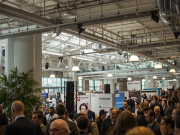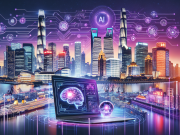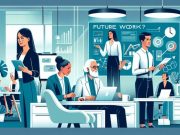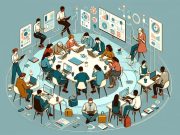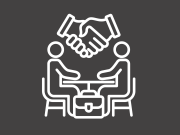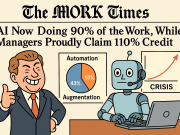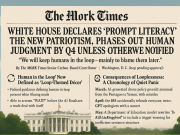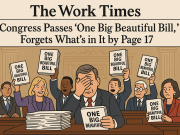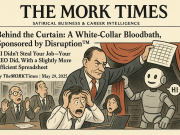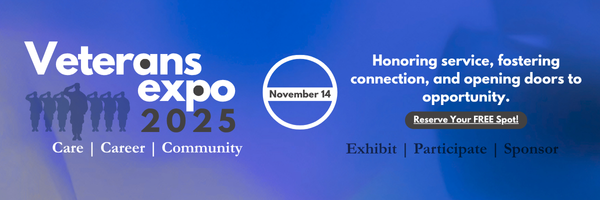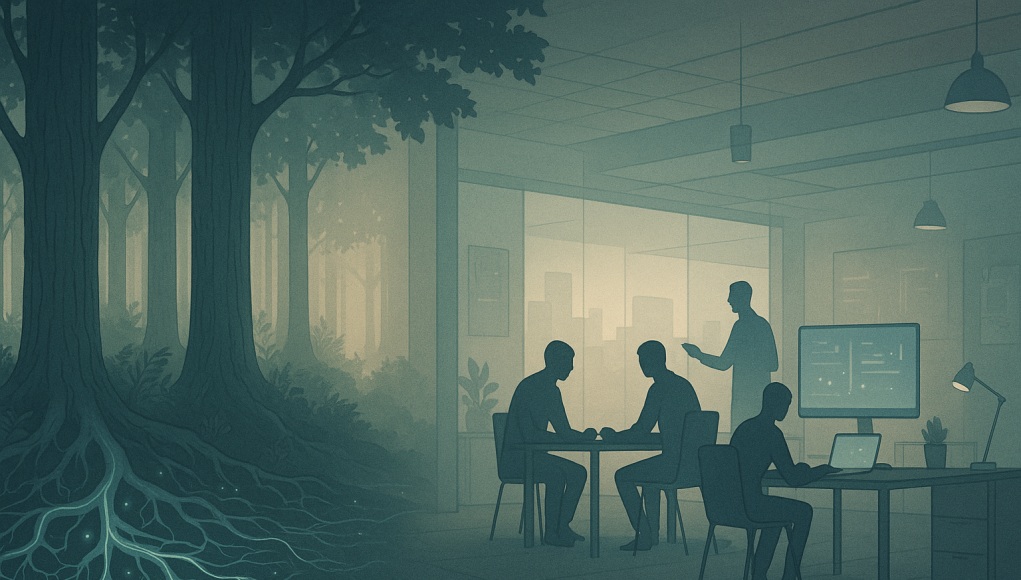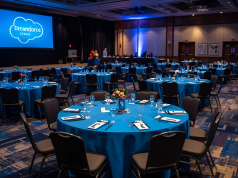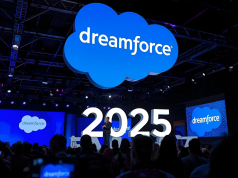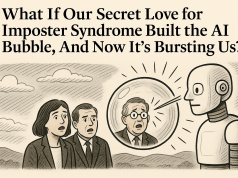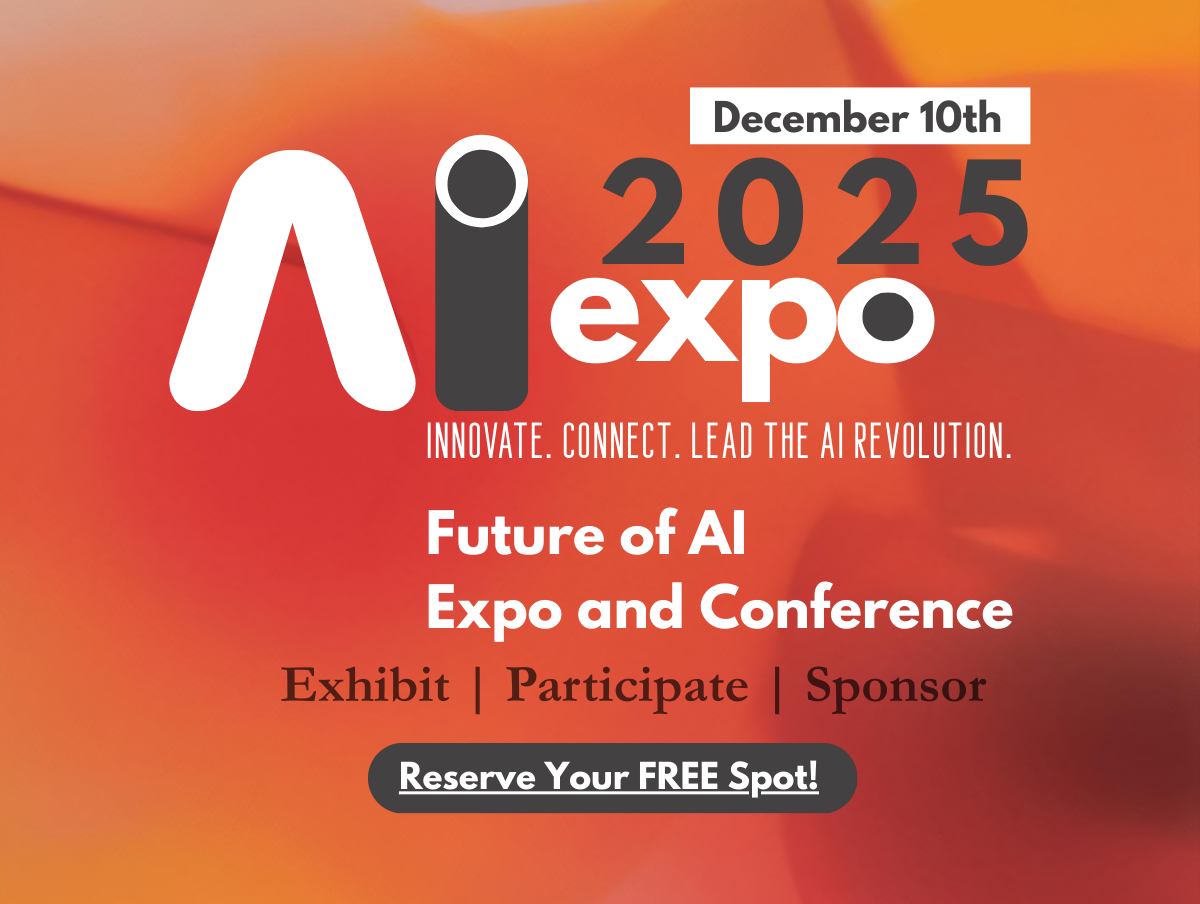In 1589, William Lee invented the stocking frame knitting machine, only to have Queen Elizabeth I refuse a patent with the words: “Consider thou what the invention could do to my poor subjects who get their living by knitting?” Fast-forward 400 years, and we’re still doing the same dance—this time with AI instead of knitting frames.
We now romanticize disruption like it’s a badge of innovation. But what happens when disruption isn’t backed by outcomes—only hype?
Section 1: The Cost of Untested Technology
When the Robots Fail, Who Gets Fired?
In the annals of business history, few tales are as cautionary as that of the “AI Revolution.” Not because of its success, but because of its spectacular failures. Picture this: a boardroom filled with executives, eyes gleaming with the promise of artificial intelligence, ready to replace their human workforce with algorithms. Fast forward a year, and those same executives are scratching their heads, wondering why productivity has plummeted and customer complaints have skyrocketed.
According to a 2022 Gartner survey, only about 54% of AI projects make it from pilot to production . That means nearly half of these ambitious endeavors never see the light of day. It’s akin to building a spaceship that never leaves the launchpad.
But the allure of digital transformation doesn’t stop at AI. In 2018, companies spent over $1.3 trillion on digital transformations, yet 70% of these initiatives failed to reach their desired outcomes . That’s over $900 billion essentially poured down the drain.
So, when organizations decide to replace seasoned employees with untested technology, and that technology fails, who bears the brunt? Certainly not the consultants who pitched the idea or the vendors who sold the software. It’s the employees who are left jobless, the customers who receive subpar service, and the shareholders who watch their investments dwindle.
This isn’t just about failed projects; it’s about a fundamental misunderstanding of value. Technology should augment human capabilities, not replace them outright. The most successful transformations are those that integrate new tools with existing human expertise, creating a symbiotic relationship where both can thrive.
In the rush to modernize, companies must remember that technology is a tool, not a panacea. Without proper planning, training, and integration, even the most advanced systems are doomed to fail. And when they do, it’s the people—not the machines—who pay the price.
Section 2: Human Capital: The Most Undervalued Asset
When the Machines Rise, Who Tends the Garden?
In the lush ecosystems of nature, balance is paramount. Remove a single species, and the entire system can teeter on the brink of collapse. Similarly, in the intricate web of the workplace, human capital serves as the keystone species. Yet, in the fervor to embrace technological advancements, organizations often overlook the very individuals who sustain them.
Consider the tale of the Luddites in the early 19th century. These skilled artisans didn’t oppose technology per se; they resisted the manner in which it was implemented—without consideration for the workers’ welfare. Fast forward to today, and the narrative echoes eerily similar. The rapid integration of untested technologies often sidelines employees, leading to a workforce that feels undervalued and disengaged.
Recent data underscores this sentiment. According to Gallup, only 32% of U.S. employees felt engaged in their work as of 2024, marking a significant decline from previous years . This disengagement isn’t merely a statistic; it’s a reflection of workplaces where employees feel disconnected from their roles and undervalued by their organizations.
The repercussions extend beyond morale. The Harvard Business Review highlights that in disrupted industries, job dissatisfaction has surged by 28%, accompanied by an 18% rise in mental health-related costs . These figures aren’t just numbers on a page; they represent real individuals grappling with the psychological toll of feeling expendable in an era of rapid technological change.
Rachel Carson, in her seminal work Silent Spring, warned of the unforeseen consequences of disrupting natural systems. Similarly, the unchecked replacement of human roles with technology, without adequate support and transition strategies, can lead to a fractured organizational ecosystem. The loss isn’t just of jobs but of institutional knowledge, mentorship, and the human touch that machines cannot replicate.
To navigate this transition, organizations must prioritize their human capital. This involves more than just reskilling programs; it requires a cultural shift that values employee input, fosters continuous learning, and integrates technology as a tool to augment—not replace—the human workforce.
In the end, technology should serve as the wind beneath the wings of human potential, not the storm that uproots it. By valuing and investing in their employees, organizations can cultivate a resilient workforce ready to thrive alongside technological advancements.
Section 3: Risk, Resilience, and the Role of ‘Worker1’
Why Forests Don’t Fire Trees to Save on Leaves
Imagine a forest. Not a manicured park, but a wild, breathing ecosystem—mossy undergrowth, towering elders, fungi whispering through the soil. It doesn’t operate on quarterly earnings or board approvals. And yet, it endures. Storms come and go. Trees fall. New life emerges—not through layoffs, but through collaboration and regeneration.
Now contrast that with the average corporate transformation project. A new tech stack is introduced. Older systems (and often, older workers) are abruptly “retired.” Consultants trumpet “efficiency.” Meanwhile, institutional knowledge is lost, morale drops, and the new systems—ironically—fail to scale. The company doesn’t evolve; it hemorrhages.
This is where the philosophy of Worker1 comes in.
Worker1 isn’t the rockstar developer or the AI whisperer. Worker1 is the compassionate, adaptable, community-minded professional who learns with agility and teaches with generosity. Like the mycorrhizal fungi in a forest—those unseen networks that feed, connect, and protect—Worker1 doesn’t seek to outshine others but to elevate the whole ecosystem.
In resilient systems, it’s never about the flashiest component. It’s about interdependence.
A 2023 Deloitte report found that organizations with higher cross-functional collaboration and peer mentorship scored 33% higher in change adoption. That’s not AI doing the heavy lifting. That’s people—aligned, trusted, resilient.
“Strong workers build resilient systems. Disrupted systems without workers? Just expensive graveyards for failed tech dreams.”
The idea of Worker1 is a rebellion against the disposable-worker model. Instead of cutting the roots, it cultivates them. It invests in humans who can grow alongside technology, adapt to new tools, and foster community learning.
Risk doesn’t disappear in this model—it transforms. It becomes shared. A collective risk mitigated by collective wisdom.
Resilience isn’t built by buying the latest software; it’s built by nurturing people who can weather change, support each other, and iterate forward.
In forests, when lightning strikes, the mycelial networks often survive even when trees fall. Likewise, in organizations, Worker1s can carry the torch through disruption, grounding the enterprise in purpose while navigating uncertainty.
We don’t need more lone geniuses or automation zealots. We need more Worker1s—because ecosystems don’t thrive on code alone. They thrive on care.
Section 4: Building Smart Ecosystems, Not Cost-Cutting Machines
Of Beehives and Bureaucracies: Why the Smartest Systems Don’t Slash, They Swarm
In nature, the most efficient systems don’t run on cost-cutting—they run on cooperation. A beehive, for instance, doesn’t downsize drones in Q3 to boost Q4 honey output. Instead, it adapts, it communicates, it swarms when necessary, and it does something most boardrooms struggle with: it builds with purpose.
Contrast that with today’s workplace. Faced with disruption, the default reflex in many companies is to trim. Reduce headcount. Cut training. Buy software. Hope for magic. But what if resilience isn’t built through subtraction, but through regeneration?
Enter TAO.ai, HumanPotentialIndex, and Ashr.am—not just tools, but templates for ecosystems where people and technology co-evolve.
At TAO.ai, we’ve seen firsthand how communities—not command chains—drive transformation. By enabling peer-to-peer intelligence and scalable learning networks, we’ve created environments where skills aren’t just taught; they’re absorbed organically. The result? A 2.7x increase in peer learning efficiency and 40% faster onboarding for critical skills. That’s not disruption. That’s acceleration with empathy.
HumanPotentialIndex takes it a step further. It maps individual growth to organizational resilience. Imagine a dashboard—not to track time spent, but potential unlocked. This isn’t about squeezing more out of workers; it’s about designing systems that adapt to human capacity, not the other way around.
And then there’s Ashr.am—our sanctuary for productivity, mental health, and joyful work. It’s based on a simple premise: stress kills creativity. So what if our workplaces weren’t battlegrounds of burnout, but ecosystems of calm? A place where focus, purpose, and human connection are not luxuries but baselines?
This isn’t utopian fantasy. The World Economic Forum reports that companies investing in employee reskilling see 30% higher retention. That’s not just people staying—they’re choosing to grow within systems that value them.
So here’s a radical idea: What if we stopped designing organizations as machines and started designing them as ecosystems?
Machines break. Ecosystems adapt.
Machines cut. Ecosystems connect.
The future of work isn’t leaner. It’s smarter. And like any good beehive, it’s built on the strength of its swarm—not the sharpness of its scissors.
Conclusion: When the Cost of Cutting People Cuts Too Deep
Why Betting on Black Boxes Could Cost You the Kingdom
In medieval Europe, kings were known to dismiss their most loyal advisors after one bad season—only to be overrun by enemies the next. Today’s boardrooms are no different. When disruption knocks, the first thing many companies do is swing the axe—usually on the heads of their workforce. All in the name of progress.
But progress without people is a perilous illusion.
Let’s talk cost—not in theory, but in hard dollars. The average failed digital transformation project costs enterprises between $100 million and $500 million, according to McKinsey. Add the intangible loss—brand erosion, institutional knowledge, customer dissatisfaction—and you’re not just bleeding cash. You’re burning your future.
And here’s the kicker: organizations that lead with tech-first and people-last are more likely to see their initiatives fail. Why? Because technology doesn’t implement itself. Because AI doesn’t understand culture. Because digital dashboards don’t mentor junior staff, resolve conflict, or innovate around ethical ambiguity.
Workers do.
By placing employees on the chopping block as a first response, organizations may save in the short term—but they pay dearly in the long run. With disengagement. With turnover. With initiatives that never get off the ground because no one stuck around to see them through.
Contrast that with companies that treat their workforce as partners in transformation. These organizations validate before they deploy. They adapt before they scale. And they elevate—not eliminate—their people. The result? A virtuous cycle of innovation, trust, and resilience.
“We don’t need more bets on black boxes. We need investments in people who can co-create with technology, not be replaced by it.”
So the call to action is simple: Don’t just disrupt—validate, adapt, and elevate.
Because in the long arc of enterprise, it’s not the technology that wins. It’s the humans who wield it with wisdom, compassion, and collective strength.
Let’s build ecosystems that last—not just headlines that fade.
And if you’re ready to ensure that in the race for innovation, workers aren’t just losing jobs, but not getting lost altogether—we’re here to co-create that future. Join us at theworkcompany.com/togetherinit.
Because building the future of work isn’t a solo mission. It’s a shared endeavor.

